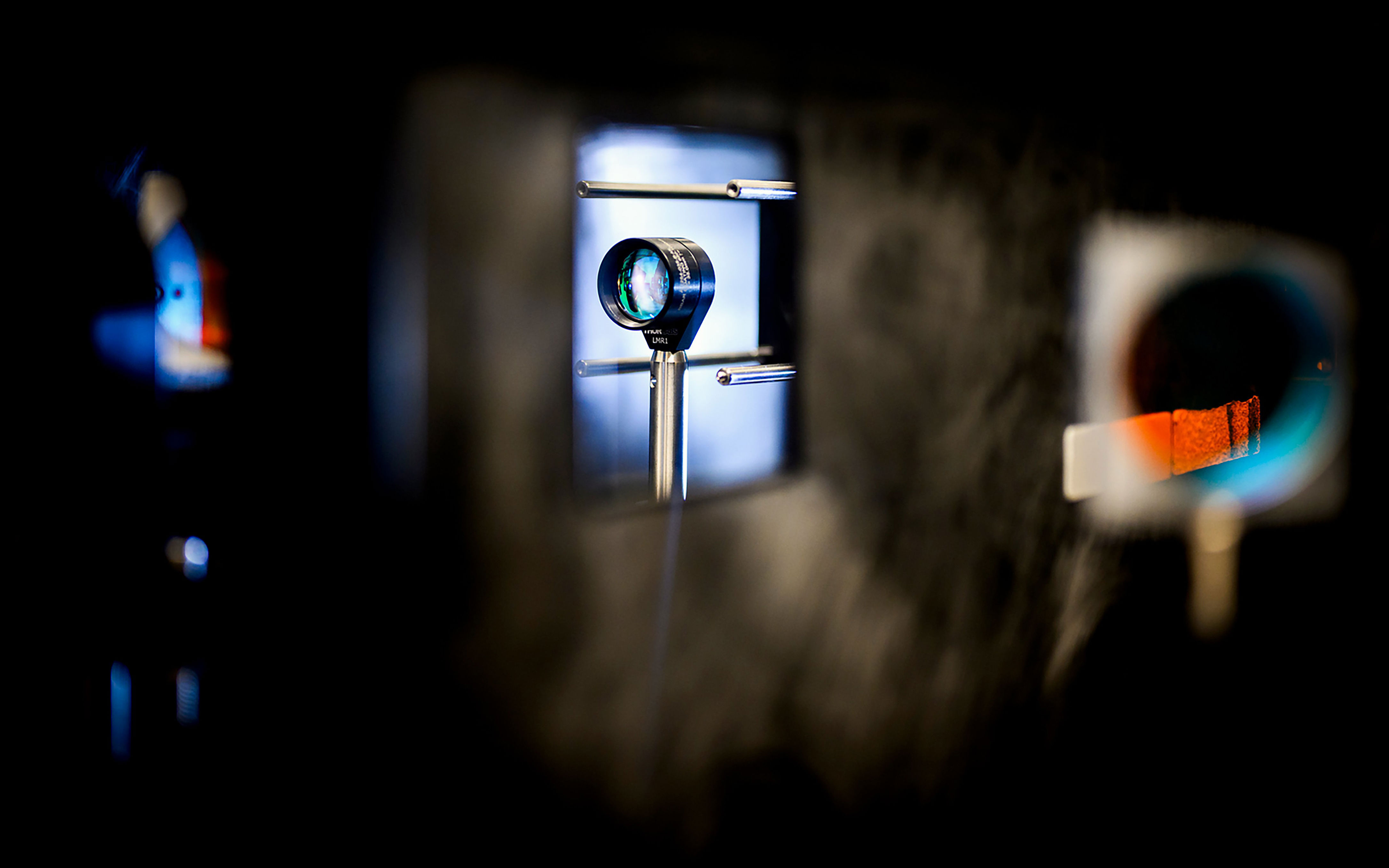Scientists Stabilize New Matter State for Faster Computing

A Breakthrough in Material Science
A team of researchers from various universities across the United States has discovered a new technique to unlock a hidden state of matter that could significantly enhance the speed of future electronic devices. This novel state is a metallic phase within an otherwise insulating compound, which can only be accessed using ultrafast lasers. The ability to switch phases quickly makes these materials highly promising for technological applications.
The research highlights that rapid temperature changes can access a new phase where the insulating and hidden states coexist. This discovery has significant implications for the development of faster electronic components. Tantalum disulfide (1T-TaS₂), the material used in the study, has the potential to replace silicon-based components in electronic devices, enabling them to operate at higher speeds.
Unlike traditional electronics, where data is stored in one location and processed in another—leading to energy loss during constant movement—materials like tantalum disulfide can potentially store and process information in the same place. This capability is aided by the hidden phase, where insulating and conducting properties exist in close proximity, making these materials more energy-efficient.
Moreover, these materials may stabilize multiple distinct states, opening the door to denser and more efficient data encoding. John Miller, a physicist from the University of Houston who did not participate in the study, notes that artificial intelligence with regular semiconductors is extremely power-hungry, and this approach could offer a promising solution with much lower energy consumption.
Advancements in In-Memory Computing
Today’s AI systems consume enormous amounts of energy moving data between memory and processors, prompting researchers to explore materials like 1T-TaS₂. Miller explains that these quantum materials could enable “in-memory computing,” where information is stored and processed within the same atomic landscape. This could drastically reduce power consumption while maintaining speed.
The study also demonstrated that it is now possible to stabilize this new state at higher temperatures for longer than ever before. Alberto De la Torre, a physicist from Northeastern University, used controlled heating and cooling to make a quantum material switch between a conductive and an insulating state.
The key was to heat and freeze single crystals of tantalum disulfide, a material known for its ability to switch quickly between insulating and conducting states with light or heat. This technique, called thermal quenching, involves heating the system above a phase transition and then cooling it rapidly enough that it doesn’t have time to fully reorganize.
De la Torre's team heated the material well above the boiling temperature of water (147 °C) and then cooled it at a fast rate (-153 °C per second) to observe its behavior. At about 77 °C, tantalum disulfide transitions from a metallic-like state to an insulating phase—and at -63 °C, the material’s crystals stabilized in a mix of insulating and metallic phases.
This shift occurred because temperature changes altered the way electrons organize in tantalum disulfide. Instead of being evenly spread out along the material’s lattice, electrons clustered together in certain regions and spread out in others, forming a wave pattern known as a charge density wave (CDW) phase. Where the electrons are more mobile, conduction occurs; where the CDW locks them into place, insulation takes place.
Thermal Quenching and Non-Equilibrium States
This is the first time researchers have successfully achieved a mixed phase of the material using temperature control alone. De la Torre emphasizes that changing the temperature slowly allows the system to reach thermal equilibrium, but rapid cooling can stabilize non-equilibrium states.
The mixed phase can be repeatedly and reliably recreated as many times as needed since the thermal quenching process is reversible. Previous studies had managed to reach this mixed state in tantalum disulfide using ultrashort laser or voltage pulses, but the state would only last for a few microseconds at extremely cold temperatures requiring cryogenic cooling.
The ability to maintain a stable mixed state at much higher temperatures for extended periods represents a significant advancement. It brings us closer to device-friendly technology that could transform computers in the future.
While real-life developments may still be some time away, the fact that liquid nitrogen is no longer necessary to stabilize mixed states in CDW materials marks a major step forward, according to De la Torre.